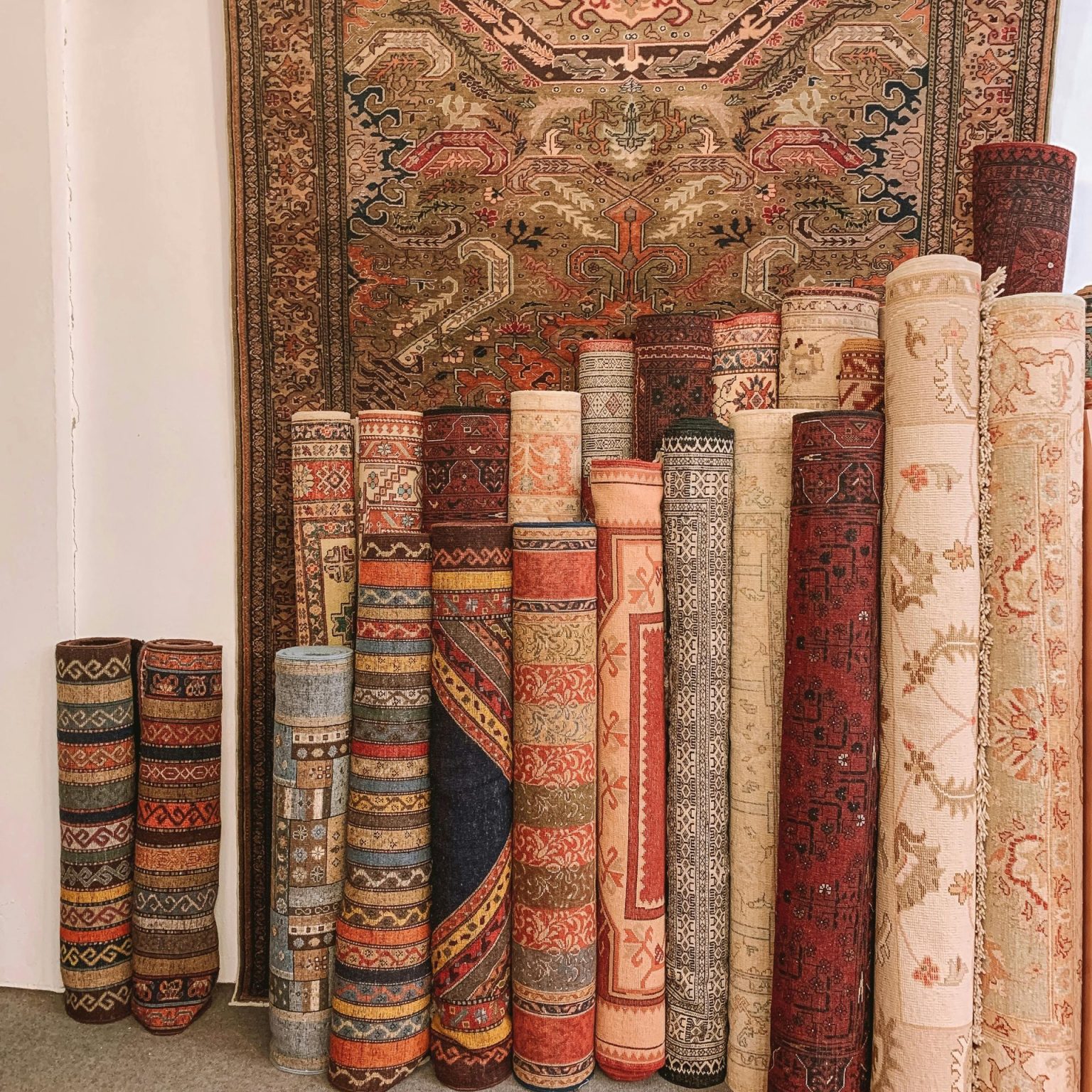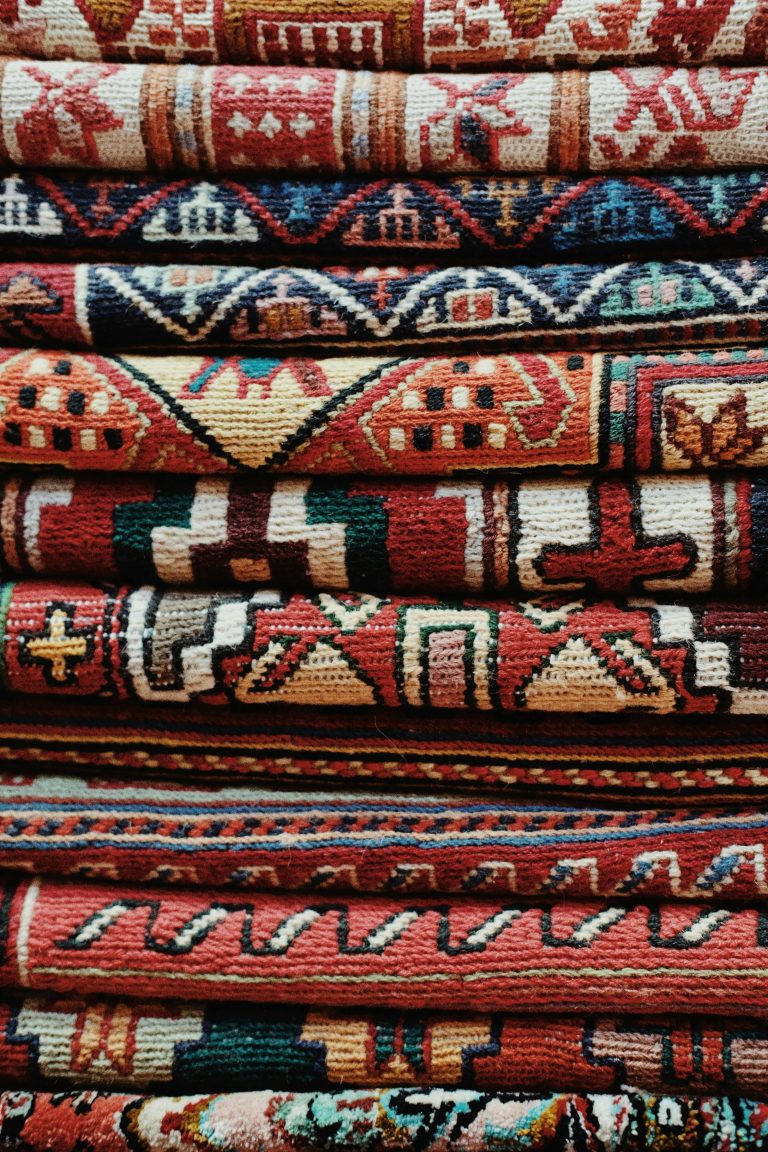Everything You Need to Know About Remnant Carpets: A Quick Guide
What is Remnant Carpet?
Remnant carpet refers to the leftover pieces of carpet from a larger roll or installation project. These pieces are often sold at a discounted price, making them an affordable option for those looking to carpet small areas or complete a patching job. Remnants can come in a variety of sizes, colors, and styles, offering flexibility for various applications.
How Are Remnant Carpets Made?
Remnant carpets are produced during the standard manufacturing process of carpet rolls. Here’s a simplified outline of how carpets are generally made:
Material Selection: Carpets are made from various materials such as wool, nylon, polyester, and olefin. Each material has its own set of characteristics, affecting the carpet’s texture, durability, and cost.
Tufting: This is the primary process where yarn is inserted into a backing material using needles. The tufts are then secured by a secondary backing, ensuring stability.
Dyeing: Depending on the desired design, carpets can be dyed before or after the tufting process. Techniques like solution dyeing, yarn dyeing, and piece dyeing are commonly used.
Shearing: To achieve a uniform surface, the carpet goes through a shearing process that trims the tufts to a consistent height.
Finishing: The final steps include applying a protective coating, adding any required treatments (like stain resistance), and cutting the carpet into the desired dimensions.

When a roll of carpet reaches the end of its length or an order requires a specific size that leaves an extra piece, these leftovers are categorized as remnant carpets. They are then sold at reduced prices since they cannot be sold as full-sized rolls.

Cleaning and Maintenance of Remnant Carpet
Proper cleaning and maintenance are essential to extend the life of your remnant carpet. Here are some tips:
Regular Vacuuming: Vacuum your carpet regularly to remove dirt and debris. This prevents the fibers from becoming matted and extends the carpet’s life.
Spot Cleaning: Address spills and stains immediately. Blot (don’t rub) the spill with a clean cloth and use a carpet cleaner suitable for your carpet’s material.
Deep Cleaning: Periodically, have your carpet professionally cleaned or rent a carpet cleaner to remove deep-seated dirt and refresh the fibers.
Preventative Measures: Use doormats at entrances, rearrange furniture periodically to avoid permanent indentations, and use area rugs in high-traffic areas.
Sunlight Protection: Prolonged exposure to direct sunlight can cause fading. Use curtains or blinds to protect your carpet from excessive UV rays.
What Should You Know About Remnant Carpet?
Availability: Remnant carpets are available at most carpet retailers, and inventory can vary. It’s a good idea to check frequently or call ahead to see what’s in stock.
Size Limitations: Since remnants are leftover pieces, they may not be large enough for bigger projects. They are ideal for smaller spaces or patching jobs.
Matching Issues: If you need multiple pieces, it can be challenging to find matching remnants. Plan your project accordingly or use remnants for contrasting designs.
No Custom Orders: Remnants are sold as-is, meaning you cannot request a specific size or design. Flexibility is key when choosing remnants.
Negotiation: Since remnants are often sold to clear out inventory, there might be room for negotiation on the price. Don’t hesitate to ask for a better deal.

Conclusion
Remnant carpets offer an affordable, versatile, and environmentally friendly option for various carpeting needs. Understanding how they are made, the different styles available, and their benefits can help you make an informed decision. By carefully selecting, maintaining, and creatively using remnant carpets, you can achieve both functional and aesthetic results in your home or office. Whether you’re looking to carpet a small area, need a quick solution for a specific spot, or simply want to save money, remnant carpets are a practical choice worth considering.
